LA DONNA E MOBILE – an aria from the opera Rigoletto
The online opera guide of Verdi’s Aria LA DONNA E MOBILE
Read Interesting facts and hear great YouTube videos about the famous aria “LA DONNA E MOBILE”.
If you want to hear more about the opera RIGOLETTO, click on the link to the opera portrait.
The aria – synopsis and background
Synopsis: Rigoletto leads his daughter Gilda to a shabby inn on a river. Rigoletto and Gilda (who had been seduced by the Duke) approach the house and peer through a hole in the wall. The killer Sparafucile sits at a table. Sparafucile’s sister Maddalena has lured the Duke in and the two watch as the Duke enters and looks forward to the night with Maddalena.
There is an interesting story to this famous aria. While composing, Verdi obviously was aware of how popular this aria would become and what effect it would have on the audience. So he kept this aria secret for a long time. In order to prevent the melody from leaking through before the premiere, the tenor and the orchestra themselves received the aria only in the last hours, shortly before the performance. It became a sensation and everyone hummed it as they left the auditorium.
The aria must be sung lightly and must not degenerate into a vulgar piece. The piece begins in a simple and easy 3/8 time, accompanied by a crisp orchestral movement. It is important that the 8-bar phrases are sung without breathing (e.g. at the beginning from “La donna” up to “pensiero”):
Verdi divided these 8-bar phrases into 2 parts each and composed them rich in contrast. As in the following example the first 4 bars must be sung almost staccato and the second 4 bars pianissimo and legato:
The second section includes the famous “jumping” mo-bil and pen-sier, which ends with a huge composed fermata:
The whole part is repeated again. This time in a somewhat sader tone, because whoever relies on the unstable women will be struck by misfortune! This part usually ends with a brilliant high B, although Verdi composed this one octave lower. But no tenor can afford to end up with the low B, the audience’s judgement would be devastating:
The Aria – the text of LA DONNA E MOBILE
La donna è mobile
qual piuma al vento,
muta d’accento e di pensiero.Sempre un amabile,
leggiadro viso,
in pianto o in riso, è menzognero.La donna è mobile
qual piuma al vento,
muta d’accento e di pensier.e di pensierÈ sempre misero
Chi a lei s’affida,
chi le confida, mal cauto il core!Pur mai non sentesi
Felice appieno
Chi su quel seno non liba amore!La donna è mobile
qual piuma al vento,
muta d’accento e di pensier.e di pensier.
Woman is fickle
Like a feather in the wind,
She changes her voice — and her mind.Always sweet,
Pretty face,
In tears or in laughter, — she is always lying.Always miserable
Is he who trusts her,
He who confides in her — his unwary heart!Yet one never feels
Fully happy
Who on that bosom — does not drink love!Woman is fickle
Like a feather in the wind,
She changes her voice — and her mind,
And her mind,
And her mind!
Written for a “lyric tenor”
The role of the Duke is written for a lyric tenor. The lyric tenor has a soft, melting voice. The voice must be rich and agile in melodic creation. He can reach the high notes with ease and create a beautiful sound. The lyrical tenor must be able to sing both intimate pieces and more exciting pieces convincingly.
Famous interpretations of LA DONNA E MOBILE
The incomparable “la donna è mobile” by Pavarotti. With charm, lightness and elegance.
La donna è mobile – Pavarotti
A heroic interpretation by Jonas Kaufmann.
La donna è mobile – Kaufmann
For Franco Corelli, the B wasn’t enough. Before the B he pushes in a high C sharp. Somewhat disturbing is the famous Corelli-lisping on pensier.
La donna è mobile – Corelli
The great voice of Jussi Björling.
La donna è mobile – Björling
Domingo rarely sang the role of the Duke. As a baritonal tenor, the tessitura of Rigoletto was set too high for him. However his interpretation of “la donna è mobile” from the Giulini recording is convincing.
La donna è mobile – Domingo
Of course, the version by Enrico Caruso should not be missing. Especially remarkable is his great coloratura at the end.
La donna è mobile – Caruso
Peter Lutz, opera-inside, the online opera guide to the Aria “LA DONNA E MOBILE” from the opera RIGOLETTO.

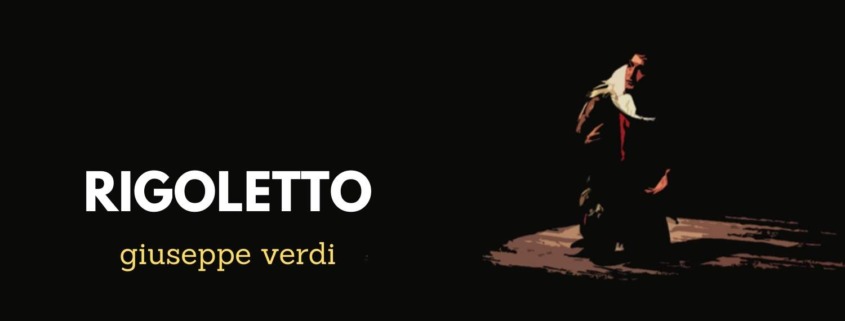
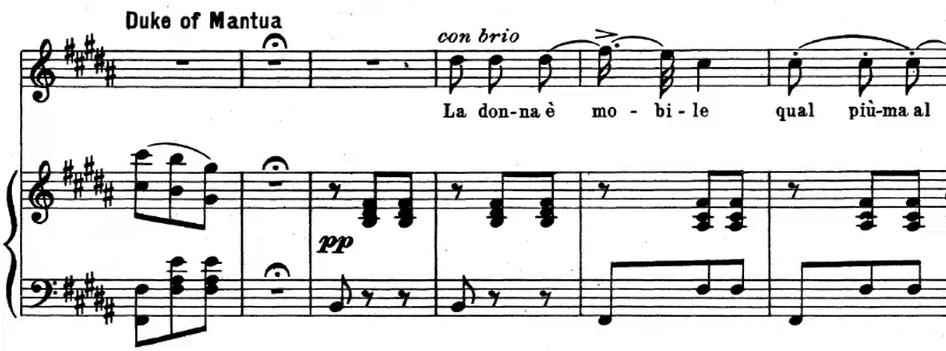
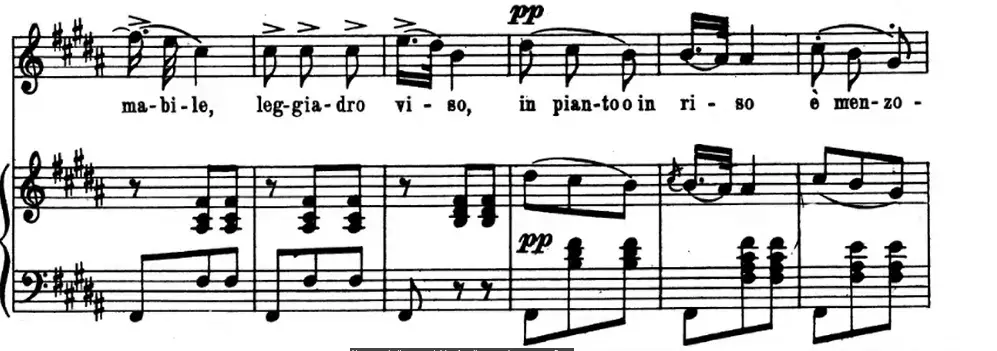
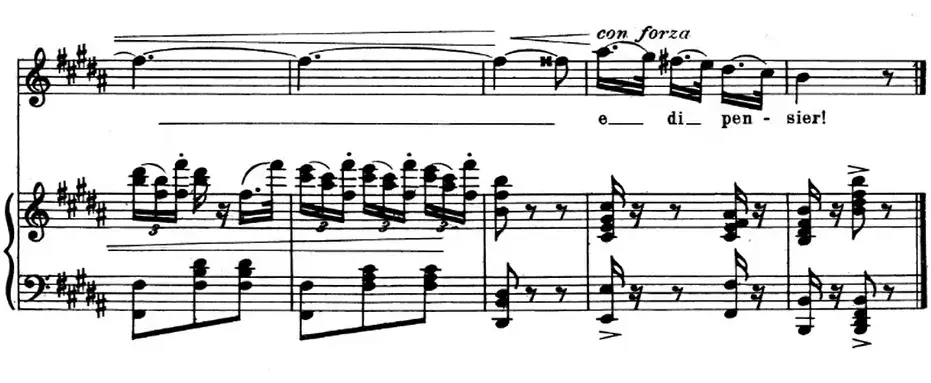
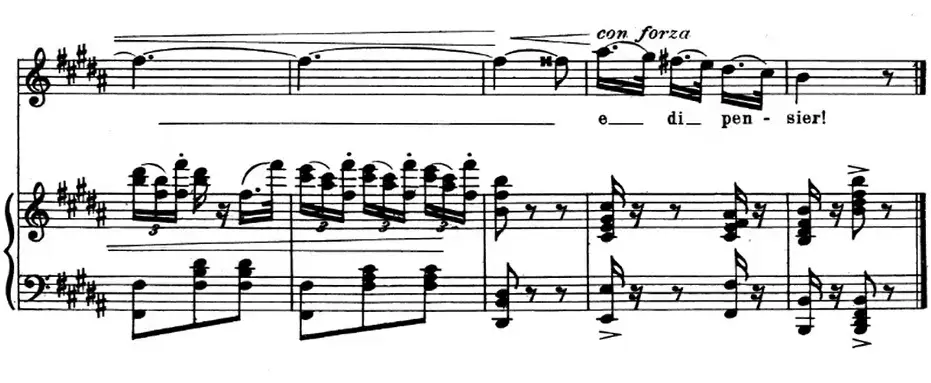

Leave a Reply
Want to join the discussion?Feel free to contribute!